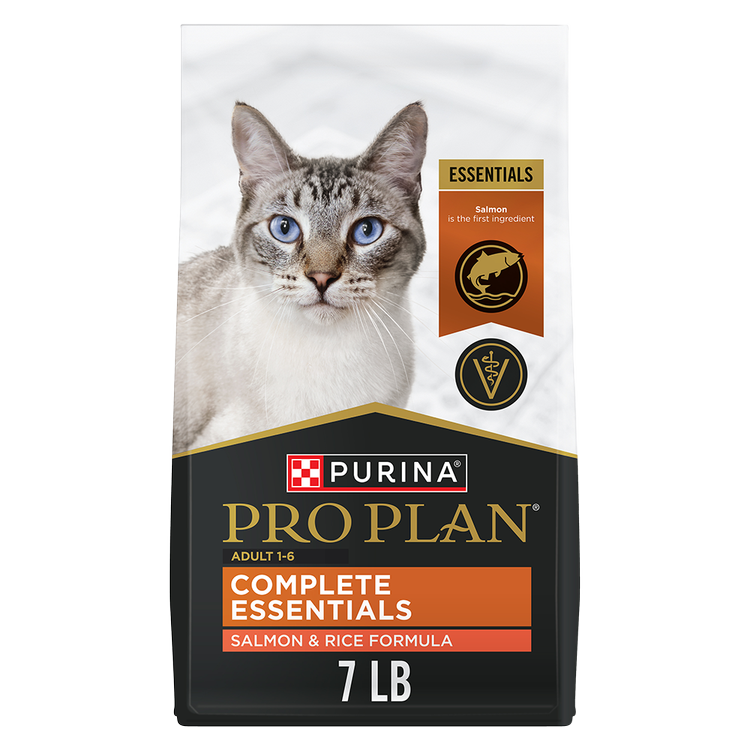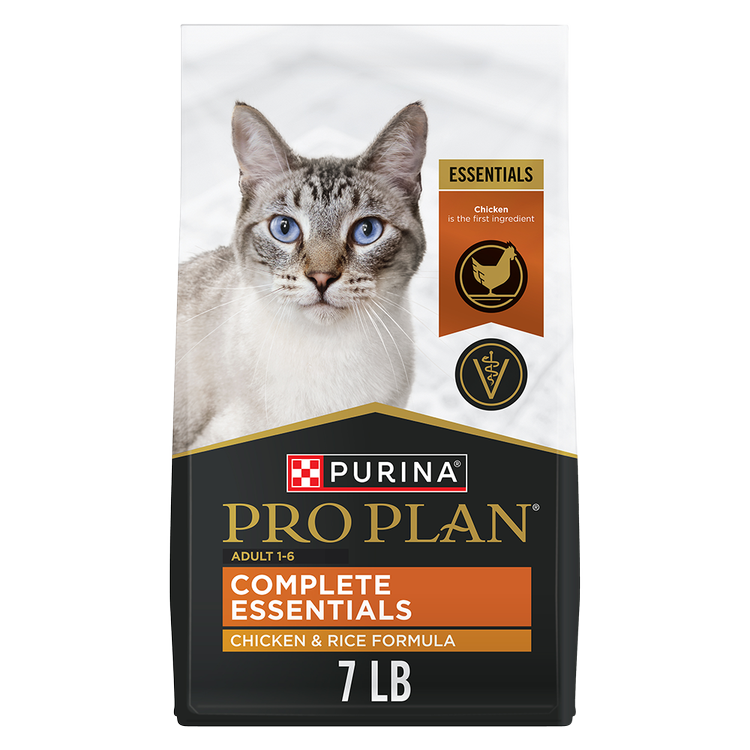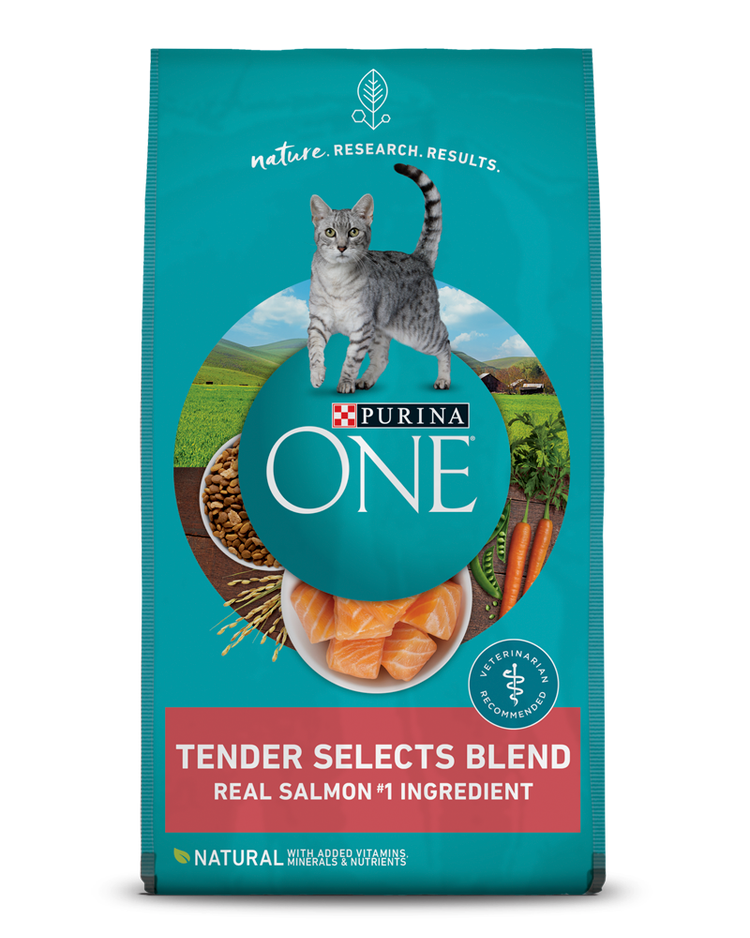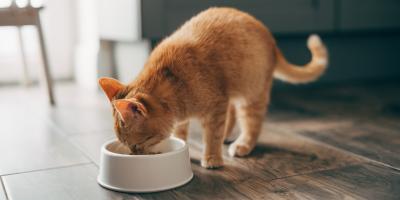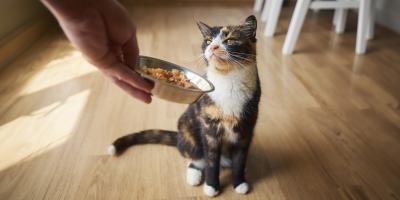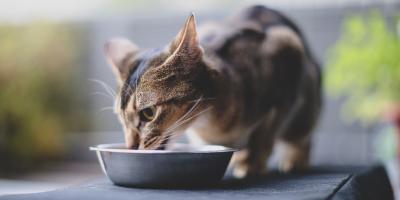Changing Cat Food: How to Switch Your Cat’s Food


At some point, you may need to change your cat’s food. Kittens will need to transition to adult cat food. Adult cats may benefit from a senior formula as they age. Others may benefit from a healthy weight formula to help maintain their ideal body condition.
Changing your cat’s food isn’t as simple as starting a new food as soon as you run out of the previous food. Purina’s experts recommend a gradual transition to avoid digestive upset and so your cat doesn’t refuse to eat altogether.
Reasons for Changing Cat Foods
- Age: As cats grow and age, their nutritional needs change. Around age one, kittens should transition to adult cat food. Kitten food is higher in calories and nutrients that support growth and development. Once they reach maturity, those extra calories can lead to weight gain. Similarly, cats over the age of seven may benefit from a senior cat food to support their joint health, immune system and more.
- Weight: If your cat is not her ideal body condition, you may need to adjust her diet. This may mean feeding her more or less of her current food. In other cases, you may need to switch to a healthy weight formula. Check with your veterinarian for their recommendations to help your cat achieve and maintain her ideal body condition.
- Health: Aside from weight, certain other health concerns can be addressed through changes to your cat’s food. For example, if your cat has a sensitive stomach or dry, itchy skin, a sensitive skin and stomach formula may help.
- Indoor vs. Outdoor: If you’ve rescued an outdoor cat and plan to keep her indoors, you may need to switch to an indoor cat food formula. Indoor cats tend to be less active than outdoor cats, and they’re prone to more hairballs, so an indoor formula can help address those issues.
How to Switch Your Cat’s Food
You may be anxious to switch your cat’s food, particularly if the new food can help address weight or health concerns. Our experts recommend a gradual transition over a 7 to 10-day period, however.
A slow transition helps avoid digestive upset and gives her time to adjust to the new flavors and textures.
Here’s how to switch your cat’s food:
- Days 1 to 2: Feed 3/4 of the normal amount of current food and add 1/4 of the new food.
- Days 3 to 4: Serve half the current food and half the new food.
- Days 5 to 7: Feed 3/4 of the new food and 1/4 of the previous food.
- Days 8 to 10: Serve only the new food.
If your cat experiences any digestive upset during this time or doesn’t seem to like her new food, extend the transition period by a few more days. Some cats may need more time to adjust than others.
You can also ask your veterinarian for advice, especially if the digestive upset persists or your cat refuses to eat altogether.
Remember, you can use this transition process anytime you need to change your cat’s food.
Visit our Pet Expertise page for more cat nutrition and feeding tips from our experts.
Related articles

Customize Your Pet’s Nutrition
Get a personalized feeding guide for your dog or cat from Purina’s nutrition experts.

